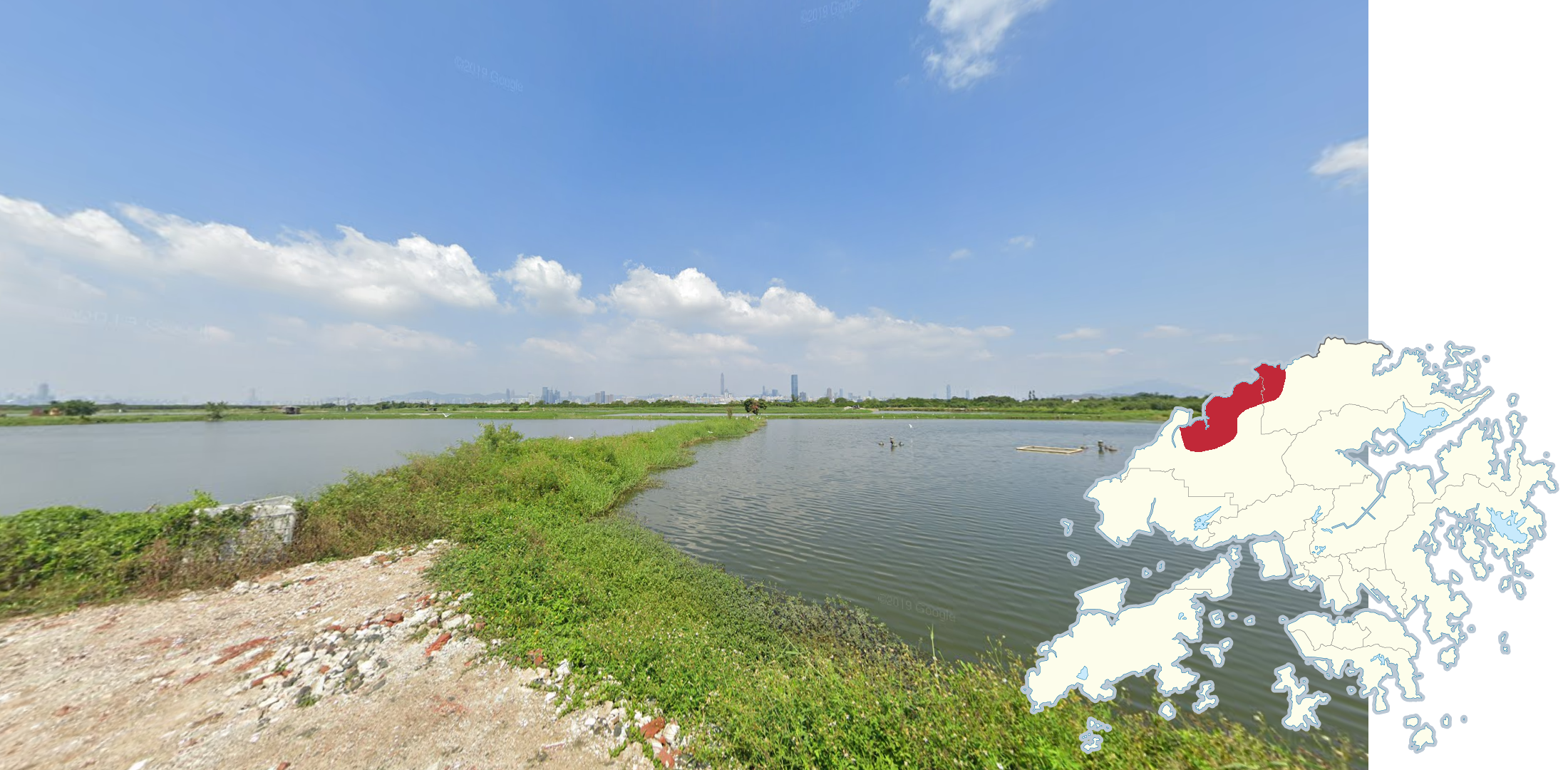
Hong Kong
Hong Kong has white front licence plates and yellow rear licence plates. The licence plates can be long or short. Some cars have an additional black mainland Chinese licence plate.
Hong Kong is a densely populated city with millions of inhabitants. In urban areas, modern skyscrapers are common, with busy streets filled with vehicles and pedestrians.
The city has a unique vibe that you can quickly pick up on. In many cases, this vibe alone should be sufficient to identify urban Hong Kong locations.
There is also a plethora of rural locations that are harder to identify.
Outside the urban areas, Hong Kong is generally quite mountainous, with green, subtropical vegetation. There is extensive coverage in rural areas outside the city, with many roads going through the mountains. You might see low-rise rural buildings, however usually you will not need to travel far to see tall apartment blocks.
NOTE: Singapore, on the other hand, is very flat.
Most fire hydrants are red, and usually have circular tops and three protrusions. There is also a pipe-like variant. Some fire hydrants have other colours, so make sure to look at their shape or other clues before guessing.
Hong Kong taxis come in two variants: sedans or station wagons, with the sedans most commonly seen. They can be easily identified by their silver roofs, green stickers on the front and rear bumper, and the taxi sign on the roof.
Red taxis are most common on Hong Kong Island and Kowloon, green taxis in the New Territories in the northern region and blue taxis on Lantau Island and Chek Lap Kok. Keep in mind, Hong Kong is a small city and taxis travel all around it.
Buses in Hong Kong are mostly double-decker, with various colour schemes and adverts on the side. Single-decker versions do exist, but are less common. Smaller minibuses can also be seen, with a green or red roof.
NOTE: Place names are sometimes visible on the front of the buses, which can be useful for region guessing.
Double-decker buses are also somewhat common in Singapore, but these will often have a recognizable light green colour scheme.
A double-decker tram line runs along the north of Hong Kong Island. A full map of the route can be seen here.
NOTE: Make sure not to mistake this tram for the red MTR railway line, which has some sections above ground.
Mong Kok and the surrounding districts in Kowloon can be recognized by the crowded, busy, gridded streets, with apartment blocks situated above the shops.
NOTE: These buildings are usually older, which means there will be a lack of glass walls (as opposed to parts of Hong Kong Island which feature more glass).
The Central District can be recognized by the large concentration of modern skyscrapers. The district feels quite busy, affluent and well-kept, with lots of luxury brand stores and ads.
You can use these two skyscrapers to determine whether you are on the Kowloon or Hong Kong Island side. The IFC is on the Hong Kong Island side and the ICC is on the Kowloon side.
The ICC has straighter edges and looks more like a cuboid, while the IFC is rounder. The IFC will also have noticeable vertical window frames, while the ICC has none.
Chek Lap Kok Island and the Boundary Crossing Facilities can be recognized by the various large scale construction works going on in the area. From the outside, it can be identified by the many bridges that connect other parts of Hong Kong to the two islands.
The Tai Chung Kiu Road is a divided road that runs in a north-east direction, and has views of the Shing Mun River to the west. The median has palm trees. In addition, a bicycle path runs alongside the road. Further north, Route 2 also runs alongside the river, but this road has more lanes.
Fan Kam Road runs in a general north-east direction, and can be recognized by the dense tropical vegetation surrounding the road, and sometimes mountains in the background. The road is also quite narrow and does not have any outer lines. Many small villages branch off of the road, south and north of the country park.
Lam Kam Road is similar to Fan Kam Road, however it runs in a more east-west direction. The road should also feel busier with more cars driving along the road and more houses on the sides of the road. In addition, the road is usually wider and a median containing trees can be seen separating sidewalks near the villages.
The Kai Tak Cruise Terminal can mainly be seen from the Eastern Corridor, north of Tsat Tsz Mui, and from the Kwun Tong bypass south-west of Kwun Tong. The cruise terminal can be recognized by its shiny, cylindrical appearance, with triangular windows along the side.
GeoGuessr’s own official Hong Kong map has too many unpinpointable rural trekkers. Plonk It recommends the following maps instead:












































